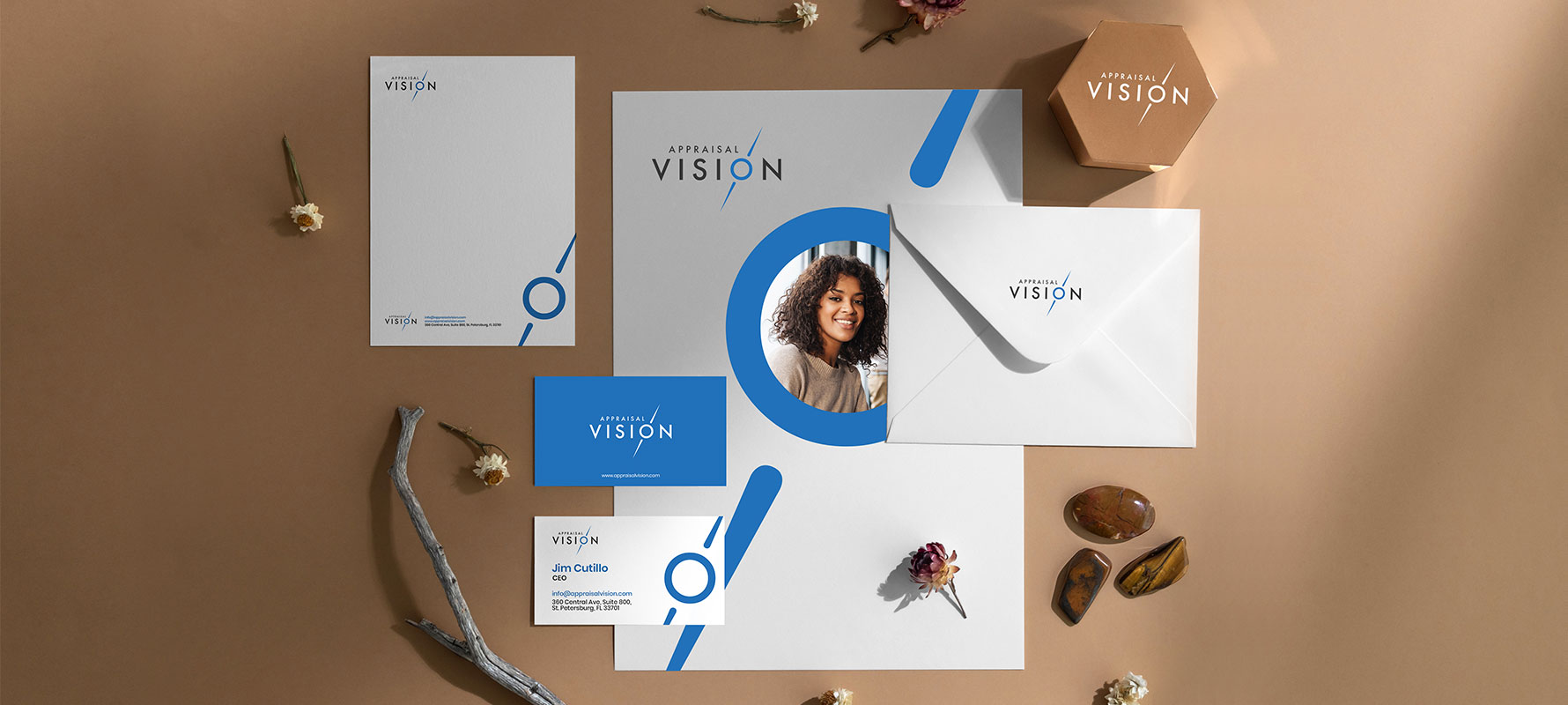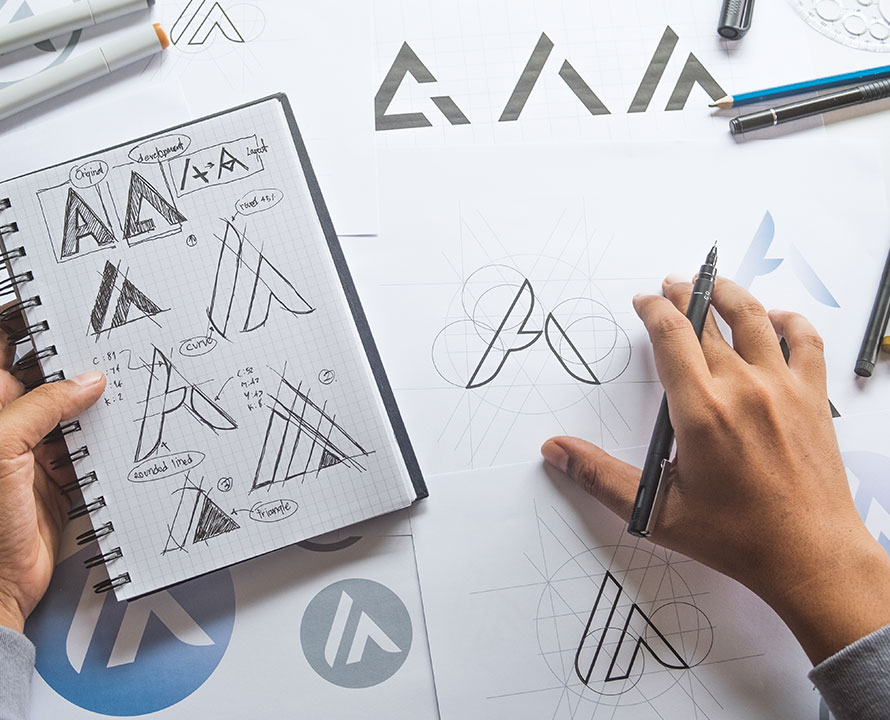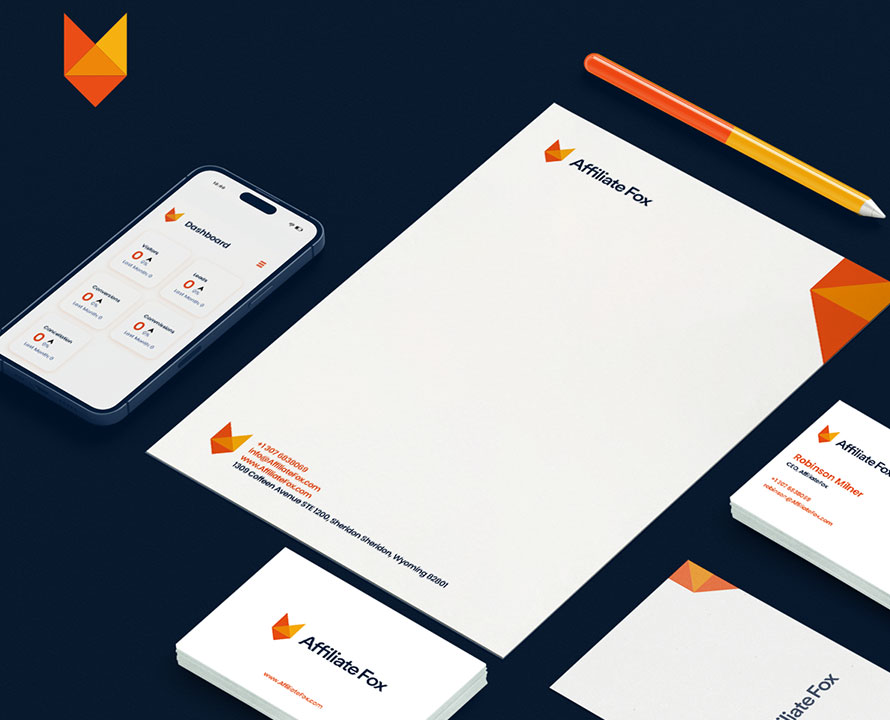
A logo is more than just a visual mark; it’s the face of your brand, the first impression you make on potential customers, and a critical element in establishing your brand identity. In today's competitive market, a well-designed logo can distinguish your brand from the competition, evoke emotions, and build trust and recognition. As an established Creative Director and brand marketing expert, I’ve seen firsthand how a powerful logo can elevate a brand’s presence and impact. This article delves into the significance of logo design and offers insights into creating a logo that truly represents your brand.
Your logo is often the first point of contact between your brand and potential customers. It appears on your website, social media profiles, business cards, marketing materials, and product packaging. A well-designed logo can make a lasting impression and communicate your brand’s values, mission, and personality within seconds.
Key Aspects of a Strong First Impression:
A logo is a cornerstone of your brand identity, which encompasses the visual and emotional attributes that define your brand. Consistent use of your logo across all touchpoints reinforces your brand identity and helps build brand recognition.
Elements of Brand Identity:
In a market saturated with competitors, a distinctive logo can set your brand apart. It serves as a visual shorthand for what makes your brand unique and helps consumers quickly identify your products or services.
Strategies for Differentiation:

A successful logo is simple and versatile, making it easily recognizable and adaptable to various mediums and sizes. Simplicity doesn’t mean boring; it means stripping down to the essential elements that convey your brand message effectively.
Characteristics of Simple and Versatile Logos:
Your logo should be appropriate for your industry and resonate with your target audience. It should align with your brand’s personality and the emotions you want to evoke.
Tips for Relevance:
A timeless logo design endures the test of time and remains relevant as trends evolve. Avoid overly trendy elements that might become outdated quickly.
Creating Timeless Logos:
A memorable logo sticks in the minds of consumers, making it easier for them to recall your brand. Strive for a design that is both distinctive and simple enough to be easily remembered.
Enhancing Memorability:
The first step in the logo design process is understanding your brand, industry, and target audience. Conduct thorough research to gather insights that will inform your design.
Research Steps:
Based on your research, brainstorm and sketch various logo concepts. Focus on creating a variety of ideas that capture the essence of your brand.
Concept Development Tips:
Once you have a few strong concepts, move to the digital design phase. Use design software to create polished versions of your concepts and refine them based on feedback.
Design Tips:
Test your logo across different mediums and sizes to ensure it performs well in various contexts. Make necessary adjustments and finalize the design.
Testing Steps:

Affiliate Fox, a SaaS startup focused on affiliate marketing, approached us to create a logo that embodied their vision of clever, easy-to-use tech. Our design process involved:
Outcome:
A well-designed logo is a powerful tool that can elevate your brand identity, build recognition, and differentiate your brand in a crowded market. By focusing on simplicity, relevance, timelessness, and memorability, you can create a logo that not only stands out but also endures the test of time.
At Lucent Marketing, we specialize in crafting impactful logos that resonate with your target audience and align with your brand’s values. Whether you’re a startup looking to establish your brand or an established company seeking a refresh, our team of experts is here to help you create a logo that truly represents your brand and drives business success.
